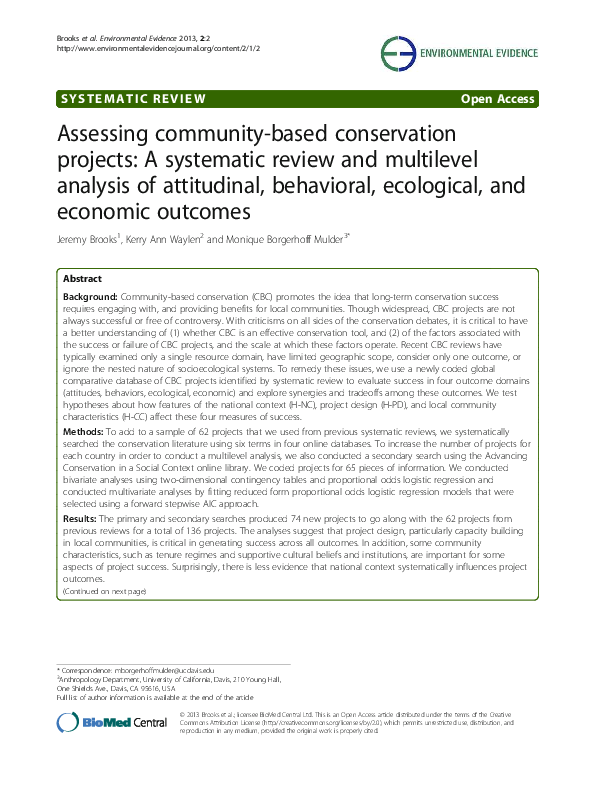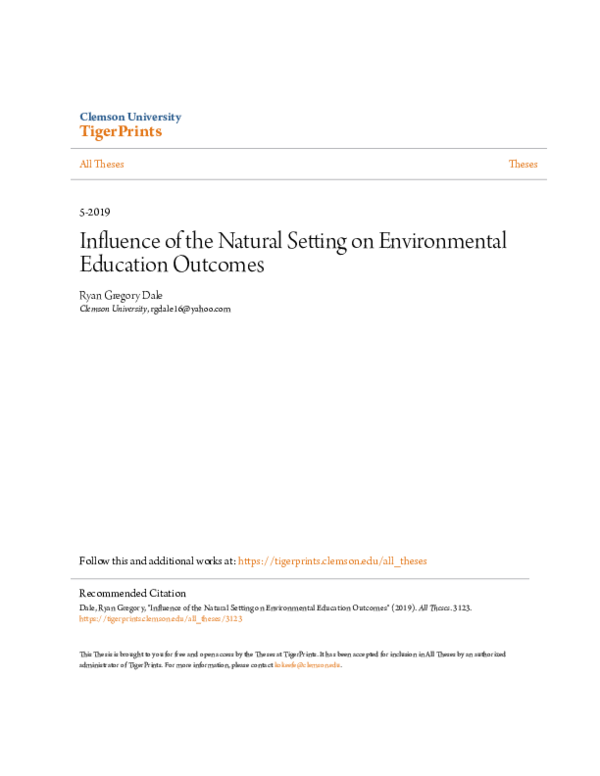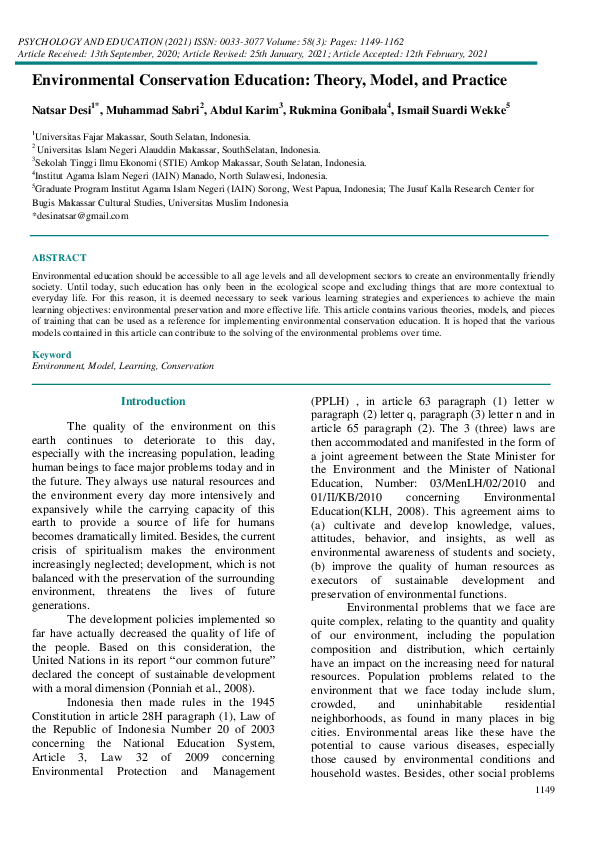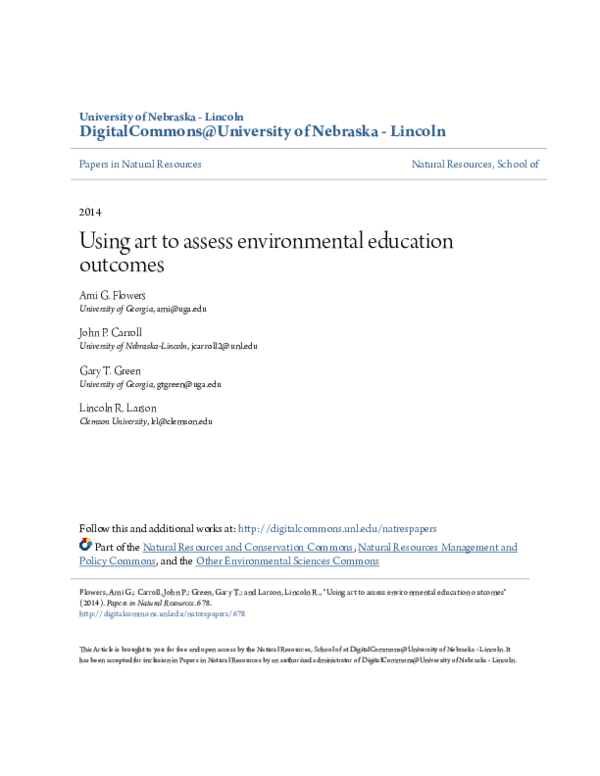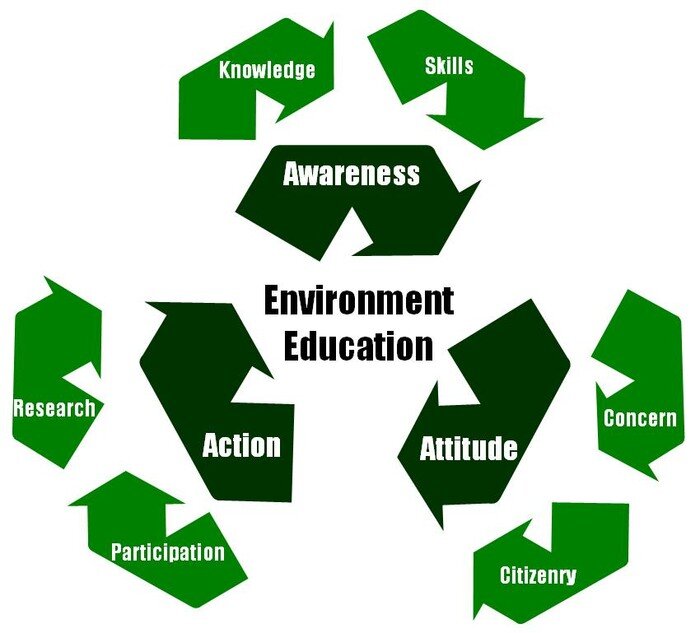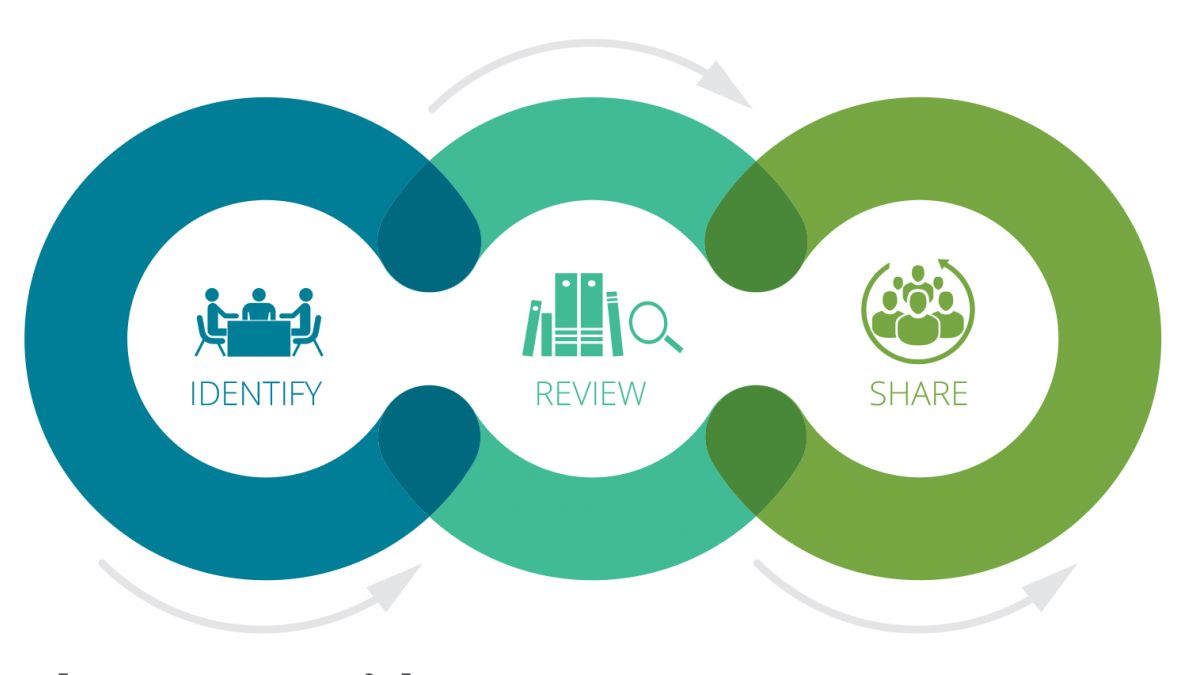Environmental Education Outcomes For Conservation A Systematic Review

Environmental education is failing to deliver consistent, measurable conservation results, according to a comprehensive new review. Decades of investment and effort may be yielding less on-the-ground impact than previously hoped.
This systematic review, analyzing hundreds of studies, reveals a critical need to rethink how we approach environmental education to achieve tangible improvements in biodiversity and ecosystem health.
The Scope of the Problem
The study, published in Environmental Evidence, examined over 400 peer-reviewed articles. These articles investigated the outcomes of environmental education programs across diverse geographic locations and target audiences.
Researchers from multiple institutions collaborated on this massive undertaking. They sought to synthesize the available evidence on the effectiveness of environmental education in promoting conservation behaviors and outcomes.
The systematic review specifically assessed the impact of educational interventions. These interventions included knowledge gain, attitudinal shifts, behavioral changes, and ultimately, environmental improvements.
Key Findings: A Mixed Bag
While environmental education demonstrably increased knowledge about environmental issues, that knowledge rarely translated into consistent behavioral changes. The leap from knowing to doing proved a persistent hurdle.
Attitudes towards the environment did shift positively in many cases. However, these shifts did not consistently predict subsequent pro-environmental actions. There needs to be more connection between attitude and actions.
The biggest disappointment was the limited evidence of direct environmental improvements stemming from education programs. Indicators like reduced pollution or increased biodiversity showed minimal change in many studies.
Digging Deeper: The 'Why' Behind the Results
The review highlights several factors hindering the effectiveness of environmental education. One major issue is the lack of standardized evaluation metrics across different programs.
Without consistent metrics, it’s difficult to compare the efficacy of different approaches and identify best practices. This makes systematic improvement challenging.
The review also points to the importance of context. What works in one community may not work in another. Factors like cultural norms, socio-economic conditions, and existing infrastructure all play a crucial role.
Where is Environmental Education Falling Short?
Implementation failures were another recurring theme. Programs that looked good on paper often struggled to deliver the intended outcomes due to insufficient resources, lack of community buy-in, or inadequate training for educators.
Long-term follow-up was also lacking. Many studies only assessed immediate impacts, failing to track whether behavioral changes persisted over time. This temporal perspective needs to be considered.
Furthermore, the focus often remained on individual behaviors. These behavior modifications are crucial, but without addressing systemic issues like policy and infrastructure, the impact is limited.
Who is Affected?
The implications of this review are far-reaching. Organizations funding environmental education programs need to reassess their investment strategies.
Educators themselves need better training and resources to implement effective programs. They must incorporate actionable items to implement in their teachings.
Ultimately, communities bear the burden of ineffective environmental education. They continue to face environmental challenges despite years of educational efforts.
Moving Forward: A Call to Action
The authors of the review emphasize the need for more rigorous evaluation of environmental education programs. This evaluation must be standardized with metrics.
They also call for a greater focus on interventions that address systemic issues. This shift addresses systemic issues from individual behavior.
Future research should prioritize long-term follow-up and consider the specific context in which education programs are implemented. The long term effects must be tracked.
Next Steps: Ongoing Developments
Several organizations are already responding to these findings. The North American Association for Environmental Education (NAAEE) is developing new guidelines for evaluating environmental education programs. They hope to use the research for future guidance.
The United Nations Environment Programme (UNEP) is also working to promote a more holistic approach to environmental education. This approach integrates education with policy and community action.
The systematic review serves as a wake-up call. It is time to rethink our approach to environmental education. We must ensure that our efforts translate into tangible and lasting conservation outcomes.


